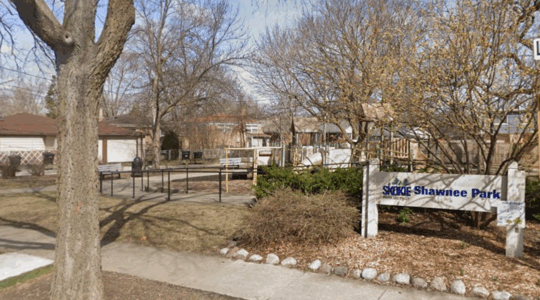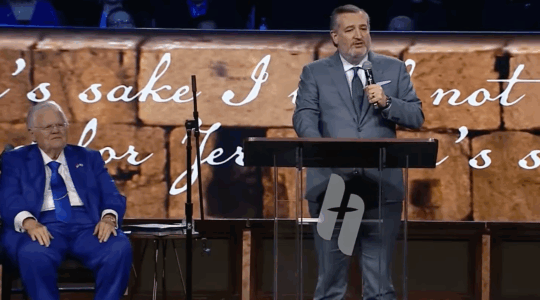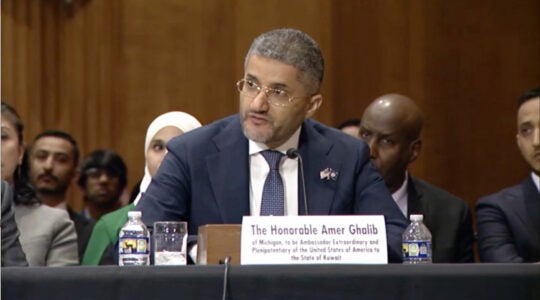NEW YORK (JTA) — How extensive is the problem of clergy sex abuse in the Jewish community?It depends which criteria are used as a yardstick.
One possible gauge is the volume of abuse complaints that have been adjudicated by the ethics panels of the major religious denominations.
Judging by the tiny caseload, the problem appears to be negligible — unless, of course, wrongdoing by rabbis and other clergymen is underreported, as some observers maintain.
Rabbi Richard Hirsh, executive vice president of the Reconstructionist Rabbinical Association, counted three or four investigations into rabbinic sexual misconduct since the 300-member organization adopted a new code of ethics in 1999. The code is again being revised.
Hirsh would identify neither the transgressions nor the transgressors.
“We´re not allowed to discuss any details,” he explained, although in one instance, he added, the association´s ethics committee merely admonished the accused rabbi to “be careful next time.”
Rabbi Joel Meyers, executive vice president of the Conservative movement´s 1,600-member Rabbinical Assembly, said in the 17 years he has held his current post, only three rabbis have been asked to leave the R.A. or left on their own due to “inappropriate behavior” of a sexual nature. This year, one rabbi was expelled.
In addition, the R.A. insisted that “several” other rabbis found to have engaged in “seductive behavior” undergo therapy.
Rabbi Basil Herring, executive vice president of the Rabbinical Council of America, a primarily modern Orthodoxy organization, said the RCA has ruled on so few sexual misconduct complaints over the past 10 years that the number is not statistically significant.
The Union for Reform Judaism, which has 900 member congregations, sees no “particular need” to keep records on the numbers or dispositions of sexual misconduct cases, according to its president, Rabbi Eric Yoffie.
“I don´t happen to believe there´s any evidence of an epidemic of rabbinic sexual abuse,” Yoffie said. “If you are asking, am I aware of there being some significant numbers of people, my answer is no. We have to keep it in perspective.”
The Awareness Center, a controversial Baltimore-based Jewish clearinghouse of clergy sex abuse information, lists on its Web site scores of Jewish clergy who are alleged to be sexual predators. Some of them have been convicted of crimes, but some have not even been charged.
Although authoritative statistics quantifying the problem appear to be nonexistent, “some experts” estimate that “between 18 and 39 percent of Jewish clergy are involved in sexual harassment, sexual exploitation and/or sexual misconduct — the same percentage as non-Jewish clergy,” according to the 2002 book “Sex, Lies, and Rabbis: Breaking a Sacred Trust” written by psychotherapist Charlotte Rolnick Schwab.
“All denominations are involved,” Schwab wrote.
In her book, she said quantitative data were drawn in part from a conversation with the Rev. Marie Fortune, director of the FaithTrust Institute, a Seattle-based nonprofit organization that fights sexual and domestic violence.
Schwab in her book added: “The large number of cases I, alone, have in my files bears out this estimate.”
Contacted later, Fortune said: “To my knowledge there are no definitive statistics in any of our faith groups that quantify the problem, and what we have instead are anecdotes and in some places numbers of complaints brought in that particular jurisdiction.”
Fortune said her “best guess, based on anecdote and experience,” is that 10-15 percent of all clergy have been involved in some form of sexual impropriety.
JTA has documented Jewish history in real-time for over a century. Keep our journalism strong by joining us in supporting independent, award-winning reporting.





